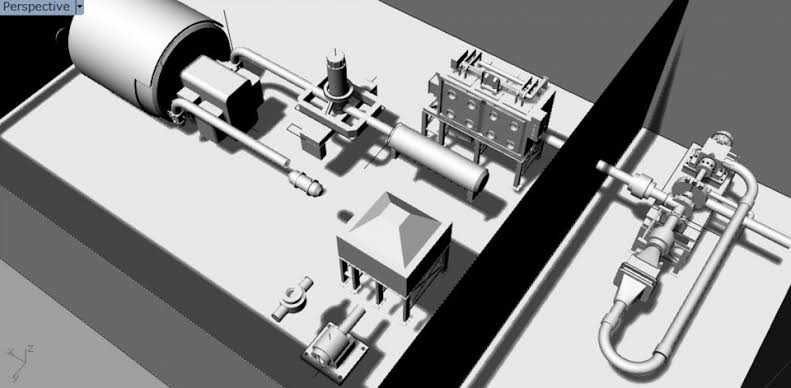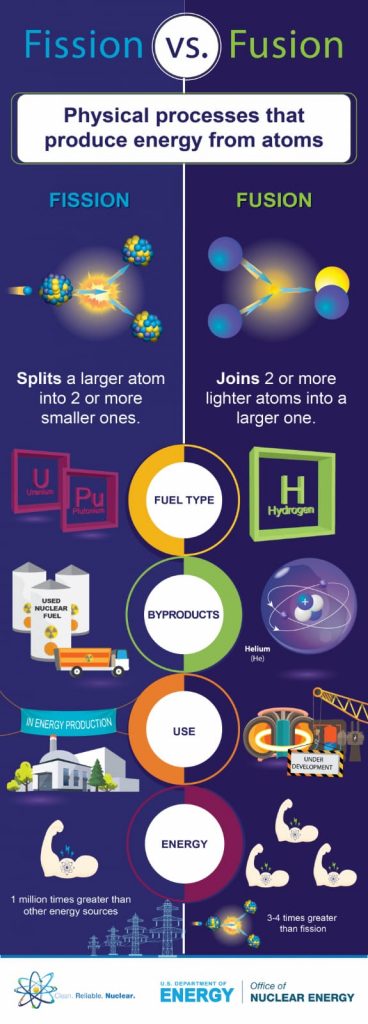Riding on the recent proposition by a native company, Japan hopes to have finalised its first nuclear fusion research and development strategy by summer, with the objective of building a prototype reactor by 2050. It will be the country’s first experimental nuclear fusion power plant, with the goal of generating carbon-free electricity.
Who will make this Fusion plant?
Kyoto Fusioneering Ltd., a company located in Uji, Kyoto Prefecture, expects to begin operations at the factory in the next five years, having already secured some of the project’s funding. Several dozen kilowatts are planned to be generated by the experimental plant.
The company, which is partly sponsored by a Kyoto University investment business, was founded in 2019 by CEO Taka Nagao and Satoshi Konishi, a professor at Kyoto University’s Institute of Advanced Energy.
The firm will create nuclear fusion reactor equipment, including a critical gadget that successfully absorbs heat at temperatures above 100 million degrees Celsius.
The business has already secured 1.3 billion from investment funds, including one tied to the state-backed Japan Investment Corp, with the goal of investing several billions of yen in the project.
It also has plans to take out loans from mega-banks including MUFG Bank, and meet with the federal government and local governments in the future to finalise specifics, including the plant’s site.
Read: Why is China’s Artificial sun considered as the alternate source of Clean energy?
Japan’s other ventures related to fusion reactor experiments
Though there are experimental reactors in Japan and elsewhere to demonstrate the viability of nuclear fusion power generation, “a facility that really creates power is unusual.” Japan is collaborating on the International Thermonuclear Experimental Reactor (ITER), which is now under construction in France, alongside the United States and other countries.
The goal of the research is to investigate if the technology is technically possible, but it will not produce power. Assembly began in 2020 and is expected to be completed in 2025.
Read: Advantages and Disadvantages of China’s Artificial Sun
Why Fusion>Fission?
Fusion power generation converts the energy created by merging nuclei into electricity. Unlike traditional nuclear power generation, which involves fission chain reactions, experts argue the fusion process is safer than nuclear power plants because it does not create highly radioactive nuclear waste.
Fusion creates less radioactive by-product material than fission and has a nearly unlimited fuel supply. The main problem so far has been that Fusion reactions are not easily controlled, and it is expensive to create the needed conditions for a fusion reaction.
Hence extensive research and genuine levels of investment into it are required to have hope that commercial level of energy production would be possible in the future using such reactors. Fusion energy has lately received a lot of interest when Commonwealth Fusion Systems, a U.S. firm, received funding from Microsoft co-founder Bill Gates and Google last year.
Why does Japan aim to promote fusion reactor power generation?
Around 90% of Japan’s energy demands are met by imports. Since 1973, nuclear energy has been a national strategic objective. Its first commercial nuclear power reactor went online in mid-1966.
This was under consideration after the Fukushima disaster in 2011, but it has now been verified. A task group from the International Atomic Energy Agency will visit Japan next week for the first time to assess the safety of the scheduled discharge of treated water from the Fukushima Daiichi nuclear power plant, which was damaged in the 2011 earthquake and tsunami.
Japan generated about 30% of its power from nuclear reactors until 2011, and this was predicted to rise to at least 40% by 2017. The plan currently calls for at least 20% by 2030.
The Japanese government actively pushes fusion energy research and development as a method of securing clean energy and has included nuclear power projects in its energy policy to cut CO2 emissions in the face of global warming.
It intends to convene an expert group in the near future to boost support for the initiative and plans to fund more experimental projects in the future years.

